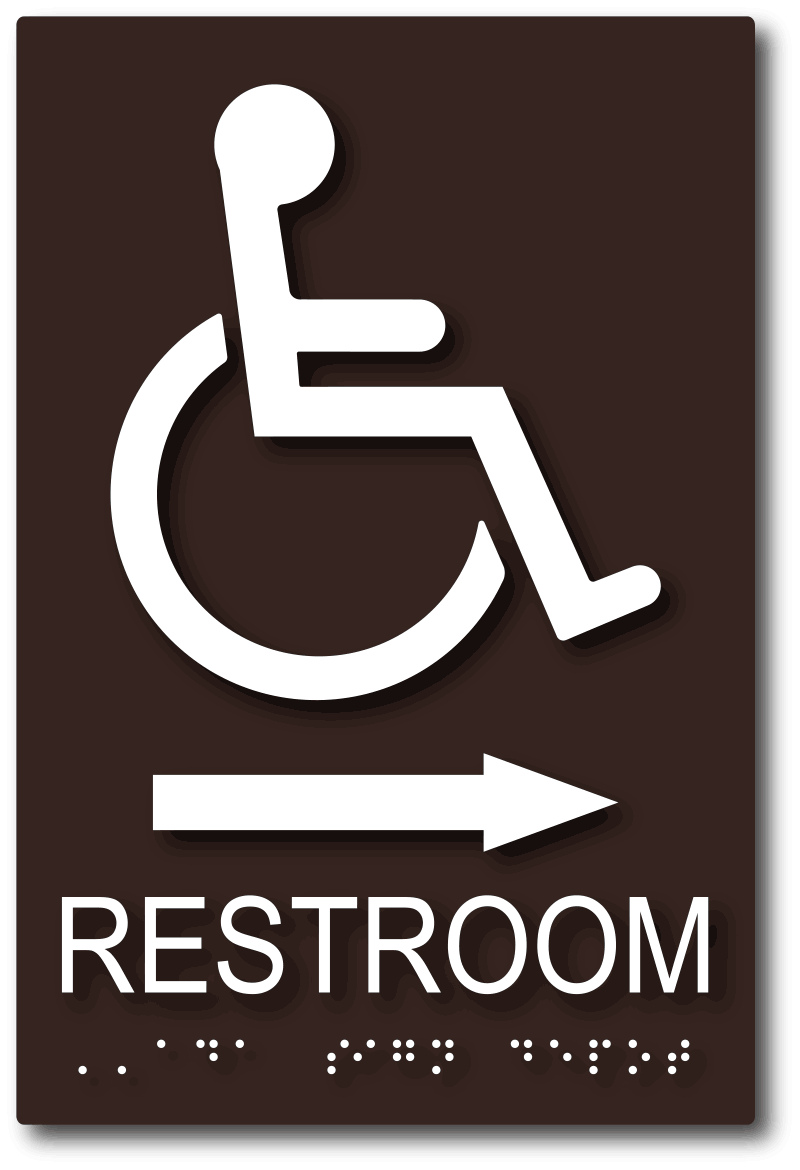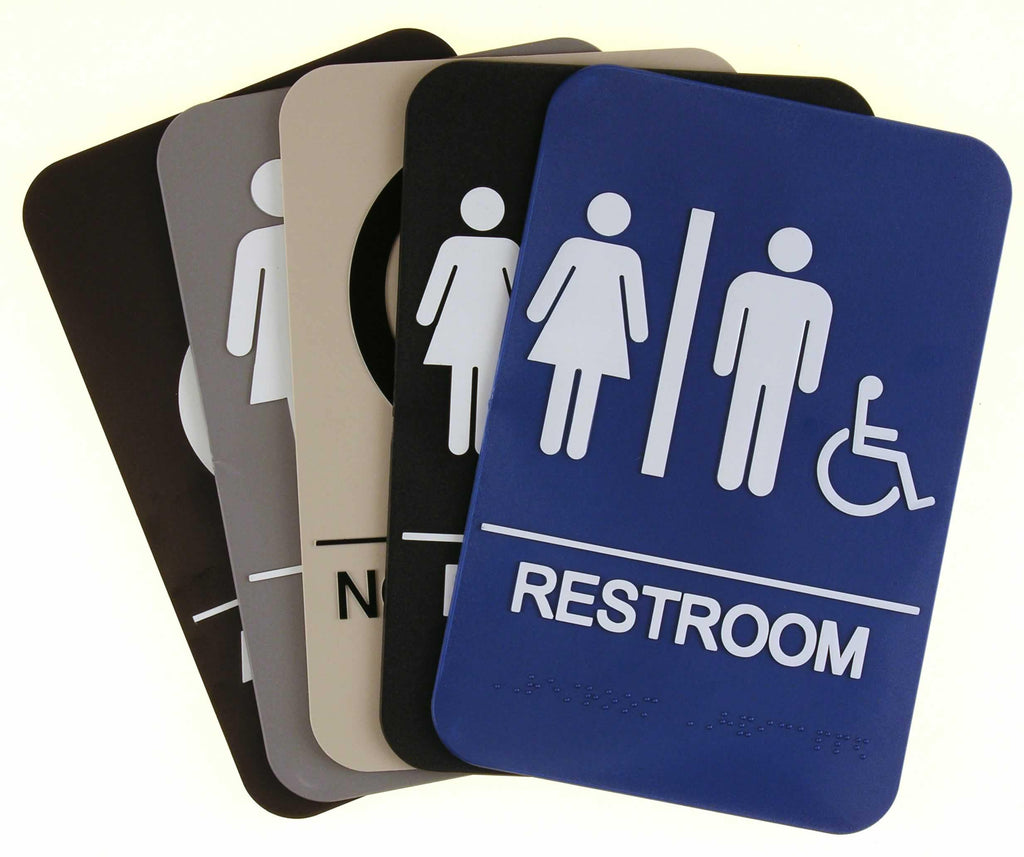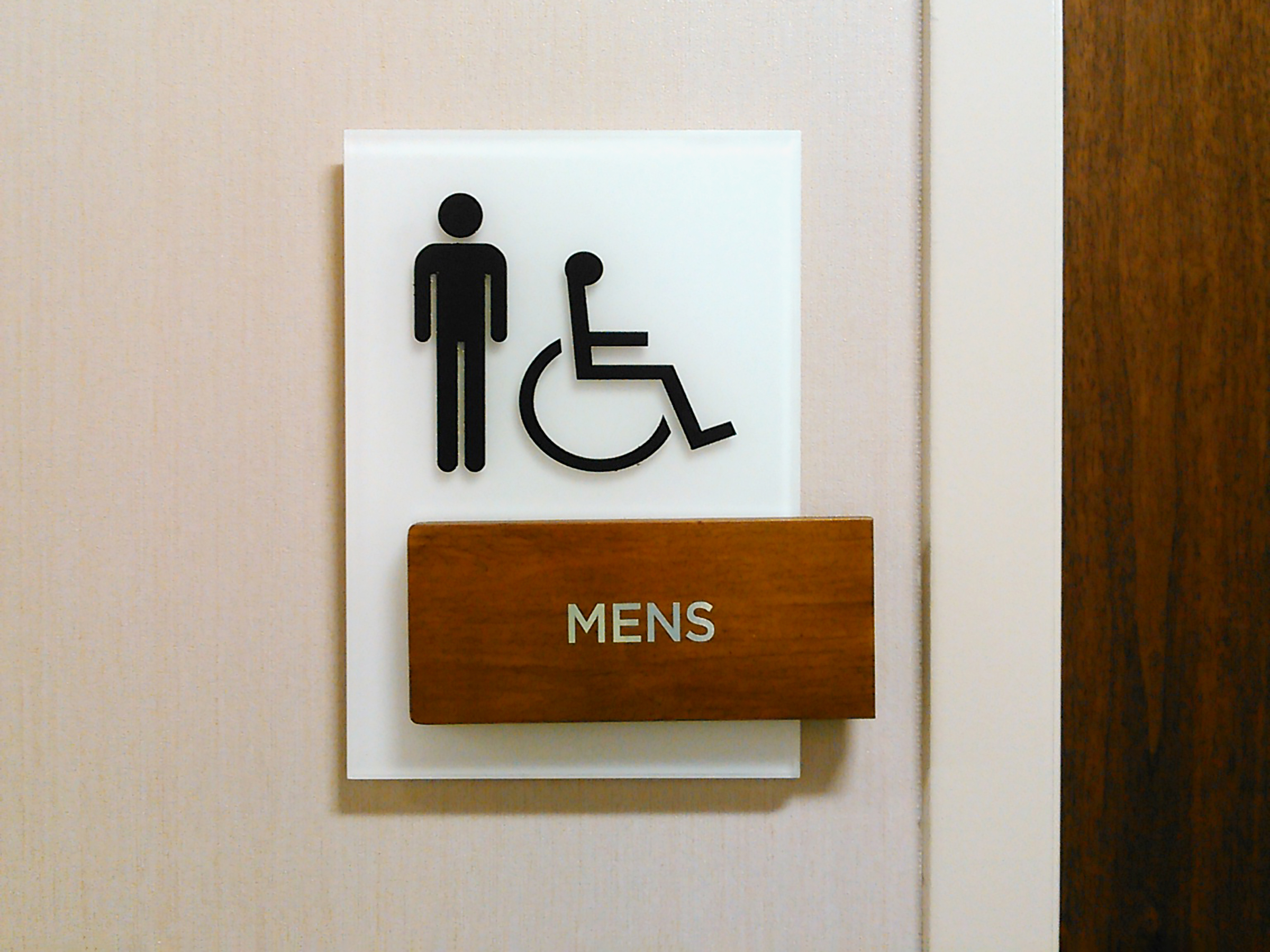Customizing ADA Signs to Satisfy Your Specific Demands
Customizing ADA Signs to Satisfy Your Specific Demands
Blog Article
Exploring the Secret Features of ADA Indicators for Enhanced Ease Of Access
In the world of access, ADA indications offer as quiet yet effective allies, making sure that areas are comprehensive and accessible for individuals with handicaps. By incorporating Braille and tactile elements, these indicators break obstacles for the aesthetically damaged, while high-contrast color systems and legible typefaces cater to diverse visual needs.
Importance of ADA Conformity
Ensuring compliance with the Americans with Disabilities Act (ADA) is vital for promoting inclusivity and equivalent accessibility in public rooms and work environments. The ADA, established in 1990, mandates that all public centers, employers, and transport solutions accommodate individuals with specials needs, ensuring they appreciate the exact same civil liberties and chances as others. Conformity with ADA standards not just meets legal responsibilities however also boosts an organization's online reputation by showing its dedication to variety and inclusivity.
One of the vital aspects of ADA compliance is the application of accessible signs. ADA indicators are created to make sure that people with disabilities can quickly browse via areas and structures. These indicators need to follow particular guidelines regarding size, font style, color comparison, and placement to guarantee visibility and readability for all. Properly executed ADA signs aids remove barriers that people with handicaps commonly run into, thus advertising their self-reliance and self-confidence (ADA Signs).
In addition, sticking to ADA regulations can mitigate the danger of prospective fines and legal consequences. Organizations that stop working to abide by ADA guidelines might face legal actions or penalties, which can be both damaging and financially burdensome to their public image. Hence, ADA compliance is integral to promoting a fair setting for everybody.
Braille and Tactile Elements
The unification of Braille and tactile components right into ADA signs symbolizes the concepts of access and inclusivity. These features are essential for individuals who are aesthetically impaired or blind, allowing them to navigate public areas with better independence and self-confidence. Braille, a tactile writing system, is crucial in providing created info in a format that can be quickly regarded via touch. It is normally put below the matching message on signs to make certain that people can access the information without aesthetic help.
Responsive components prolong past Braille and consist of increased characters and icons. These elements are created to be noticeable by touch, enabling individuals to identify room numbers, bathrooms, exits, and other critical areas. The ADA establishes certain guidelines relating to the dimension, spacing, and placement of these tactile elements to enhance readability and ensure consistency across various atmospheres.

High-Contrast Color Design
High-contrast shade schemes play a pivotal role in improving the presence and readability of ADA signs for individuals with visual disabilities. These systems are essential as they take full advantage of the difference Click Here in light reflectance in between message and background, guaranteeing that indicators are conveniently noticeable, even from a distance. The Americans with Disabilities Act (ADA) mandates making use of certain shade contrasts to fit those with minimal vision, making it an essential element of conformity.
The effectiveness of high-contrast colors depends on their capability to attract attention in different lights conditions, including dimly lit atmospheres and areas with glare. Generally, dark message on a light background or light text on a dark history is employed to achieve optimal contrast. For example, black message on a white or yellow history gives a stark visual difference that helps in quick recognition and understanding.

Legible Fonts and Text Dimension
When thinking about the design of ADA signs, the selection of legible fonts and appropriate message size can not be overstated. These aspects are vital for ensuring that indicators come to individuals with aesthetic disabilities. The Americans with Disabilities Act (ADA) mandates that typefaces need to be not italic and sans-serif, oblique, script, extremely ornamental, or of uncommon form. These needs assist ensure that the message is quickly understandable from a distance which the personalities are distinguishable to varied audiences.
According to ADA guidelines, the minimal text elevation should be 5/8 inch, and it ought to boost proportionally with checking out distance. Consistency in text dimension adds to a natural aesthetic experience, assisting individuals in navigating settings efficiently.
Moreover, spacing in between lines and letters is indispensable to legibility. Sufficient spacing prevents personalities from showing up crowded, improving readability. By adhering to these standards, designers can substantially enhance ease of access, making sure that signage serves its intended function for all individuals, despite their aesthetic abilities.
Reliable Placement Approaches
Strategic positioning of ADA signage is crucial for maximizing ease of access and making sure conformity with legal criteria. ADA guidelines state that indications must be mounted at a height his response between 48 to 60 inches from the ground to guarantee they are within the line of sight for both standing and seated people.
Furthermore, indications should be put beside the latch side of doors to permit very easy recognition before access. This placement helps individuals locate spaces and rooms without blockage. In situations where there is no door, signs ought to be situated on the closest surrounding wall surface. Consistency in sign placement throughout a facility boosts predictability, minimizing confusion and boosting general user experience.

Verdict
ADA indications play a vital role see here in advertising accessibility by integrating attributes that attend to the needs of people with impairments. These elements collectively foster an inclusive atmosphere, emphasizing the value of ADA conformity in guaranteeing equal gain access to for all.
In the realm of availability, ADA indicators serve as quiet yet powerful allies, ensuring that areas are accessible and comprehensive for people with impairments. The ADA, enacted in 1990, mandates that all public centers, employers, and transport services accommodate individuals with specials needs, ensuring they take pleasure in the same civil liberties and possibilities as others. ADA Signs. ADA signs are designed to guarantee that individuals with impairments can easily browse via buildings and areas. ADA standards specify that signs must be placed at an elevation between 48 to 60 inches from the ground to ensure they are within the line of view for both standing and seated individuals.ADA indicators play a vital function in promoting ease of access by integrating features that attend to the demands of individuals with impairments
Report this page